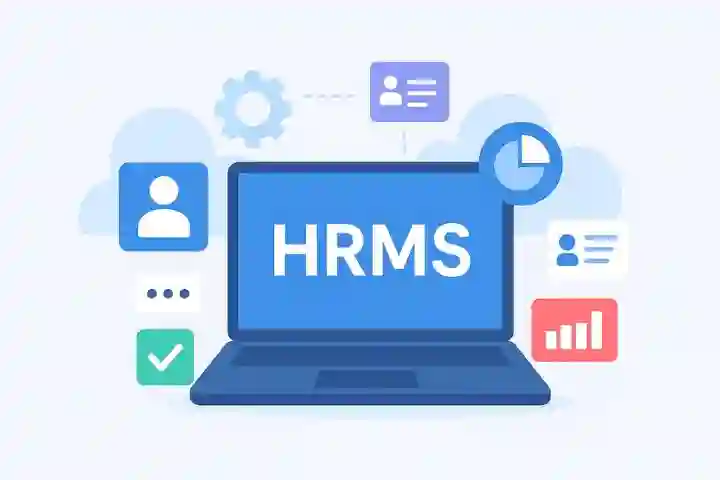Finance is crucial to owning and running a business, as it provides the resources for acquiring new capital and expanding your operations. A key component of financial management is accounting, through which a previous post entitled ‘Mastering The Art Of Project Accounting’ can guide you. If your business embarks on specific projects like marketing campaigns, project accounting can help track related costs and billable time for greater transparency and improved cash flows.
But besides accounting, evaluating your revenue model and pricing strategies can also significantly boost the financial health of your business. In this light, this article introduces the consumption-based pricing model as a viable way to unlock success and continue growing your business.
Table of Contents
An overview of the consumption-based pricing model and its benefits
Although historically associated with electricity, gas, water, and other utility companies, consumption-based pricing models have also found a place in software-as-a-service (SaaS) and information technology (IT) firms. Simply put, consumption-based pricing allows customers to pay only for the products or services they consume, as opposed to charging them a fixed rate or subscription fee.
A notable example of a company deploying a consumption-based pricing model is Amazon Web Services (AWS). For instance, AWS’ newest machine-learning tools are billed based on the amount of graphic processing unit (GPU) capacity a customer reserves to access their ML workloads. Instead of forcing customers into long-term subscriptions they may not be able to maximize, this user-friendly approach gives them the flexibility to run a broad range of ML workloads and only pay for the GPU duration needed.
As a result, businesses with consumption-based pricing models are better equipped to respond to customers’ changing needs and ultimately deliver optimal satisfaction. Charging based on the unit or volume consumed also simplifies the purchasing and billing cycle, enabling customers to upgrade or downgrade accordingly. Lastly, allowing customers to optimize product and service usage means businesses can better align budgeting and revenue forecasting with actual consumption.
Given these customer- and revenue-oriented benefits of consumption-based pricing, the following section outlines tips for companies looking to shift to this model.
Tips for shifting to consumption-based pricing
Use the right tracking and billing software
Central to the success of the consumption-based pricing model is utilizing software and other digital tools to track customers’ product or service usage and bill them accurately. In this case, Softrax’s consumption billing software is a helpful tool designed to handle both simple and complex billing scenarios and monitor usage levels, including minimums, overages, and tiers. The cloud-based solution also has flexible and automated features for charging options, data-driven pricing, and regulatory compliance. Overall, the use of such tracking and billing software minimizes revenue loss and leakages.
Know which customers to target
A common concern in consumption-based pricing is that, unlike subscription-based models, usage can fluctuate and thus result in a less stable revenue stream. However, businesses can invest in customer relationship management (CRM) to monitor user profiles and determine which customers to target for better retention rates. The CRM platform Growth99 leverages artificial intelligence to perform predictive analytics and deliver more personalized marketing content to their customers. By being scalable in automating customer service processes and segmenting users based on usage, the CRM tool can help businesses appeal to their clients’ changing needs and preferences and ultimately secure long-term revenue.
In essence, consumption-based pricing models boost customer satisfaction by allowing them to get the most out of the products or services they pay for. On the business side, companies and organizations can better align operating costs with user consumption for more accurate financial tracking and revenue management.



